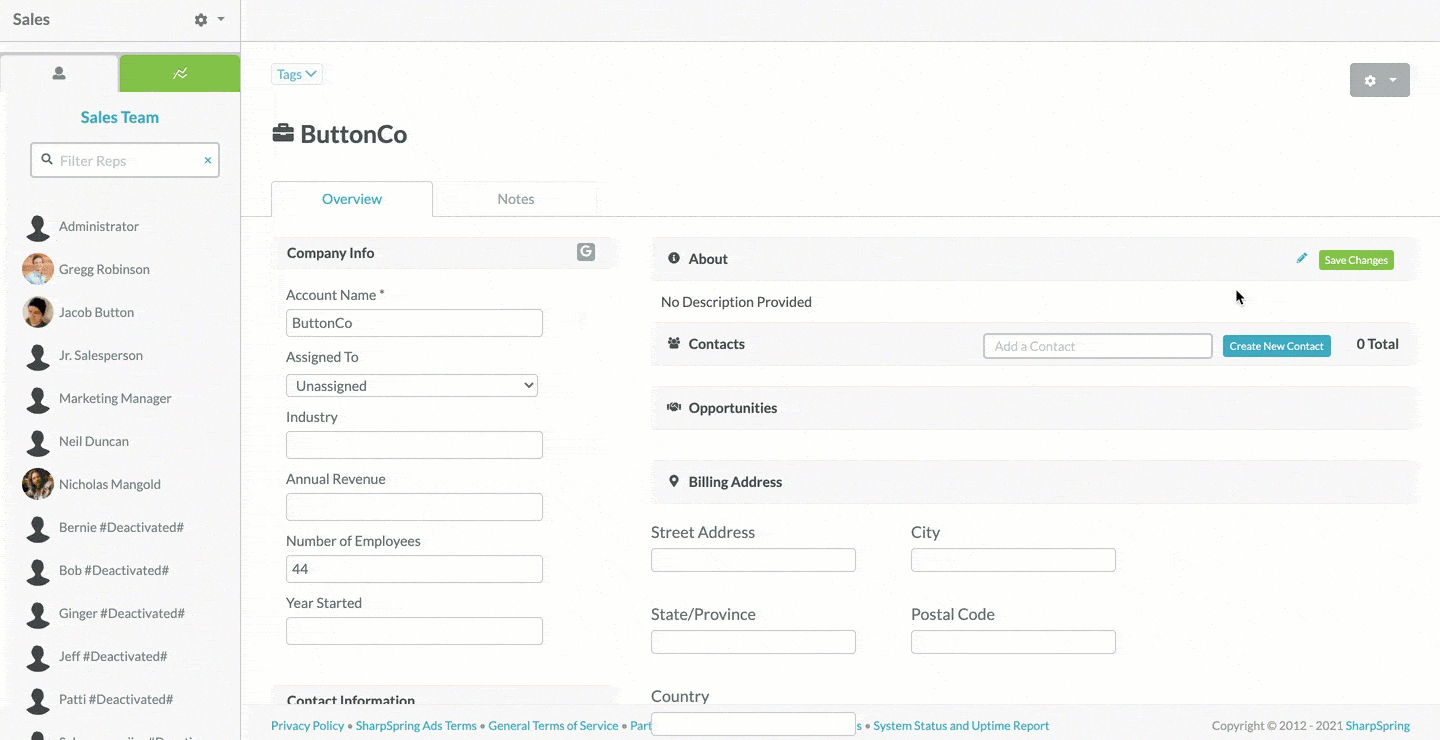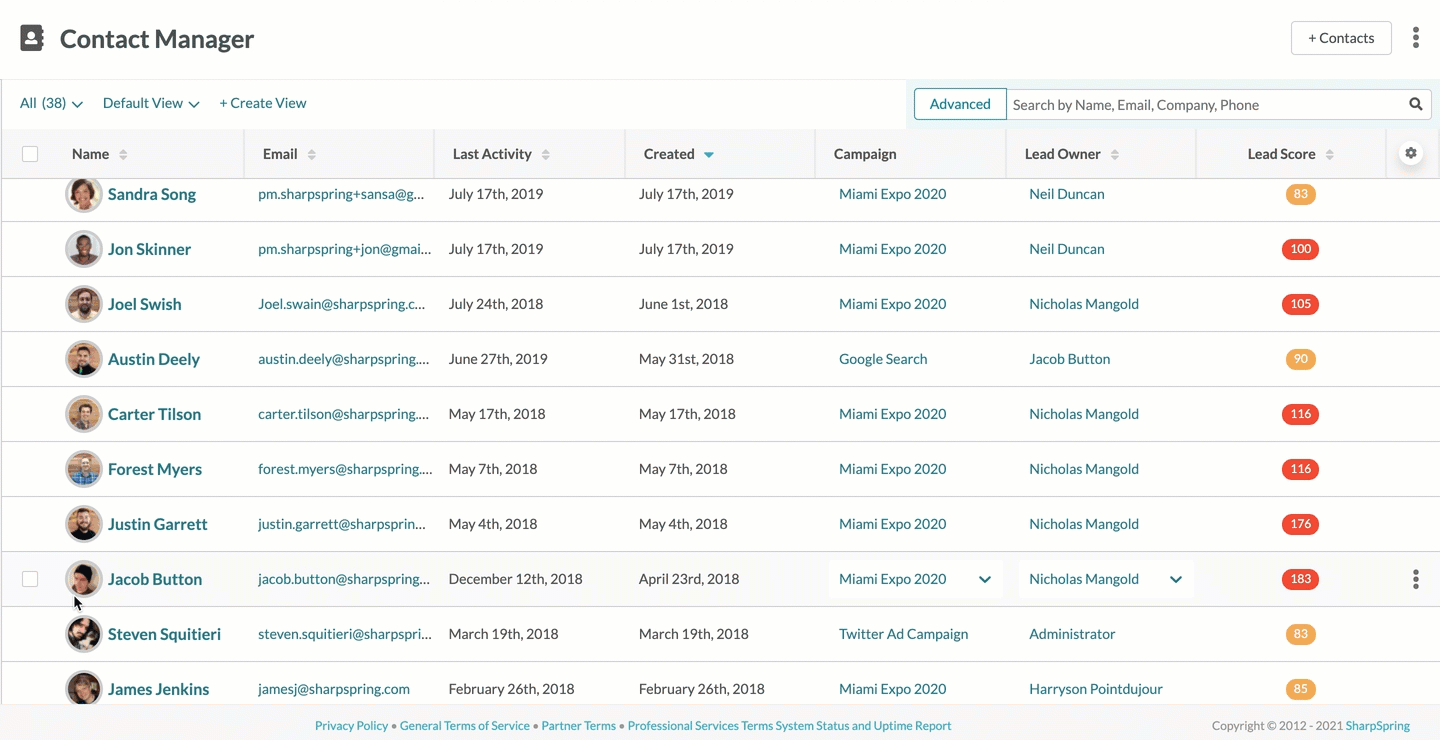Any modern business with a desire to track, manage, and cultivate relationships with clients and customers deserves a powerful Customer Relationship Management (CRM) system.
Here’s some quick tips for structuring and maintaining your CRM data effectively:
Know or create your organisation's naming conventions for accounts and contacts.
Using established naming conventions that make sense to your business will help everyone in your organisation. If you don’t already have them, create them before you start using your new CRM.
Names not only help you find companies in your records but they can be used to connect relationships between accounts and help you decide if a company or individual already exists in your records. For example, if you work with multiple franchises, you might need to use names that make sense in a hierarchy but also help you differentiate between two stores with the same name in a similar geographic area.
Try to associate contacts with an account (B2B).

Contacts without accounts—private contacts—are like a forgotten boat adrift at sea. They’re hidden from all users except you and your system administrators, which makes them easy to forget, hard to find, and useless to colleagues.
In some CRMs (such as SharpSpring) a contact can be associated through similar domain names i.e. everything after the ‘@’ symbol in an email address e.g. joebloggs@companyname.com.au. SharpSpring achieves this because it serves both B2B and B2C category types.
Don’t let inactive accounts and contacts get lost in the abyss.

Keep an eye out for, or create a report to find, accounts and contacts without any activity (interactions with your business) listed within the last 30, 60, or 90 days. Depending on your business, these inactive customers may be open to hearing about a new product, or it may be time to exclude them from lists, reports, and campaigns so you can focus on active customers.
Maintain active (internal) ownership.

It’s hard to actively manage an account or contact if it’s assigned to someone who isn’t using the CRM. If you come across an account or contact that’s owned by someone who may have left your company, help the contact and everyone in your organisation by finding the account and its contacts a new owner.

Keep your records updated. Sh*t In, Sh%t Out.
Whenever you locate new information about an account, contact, or lead, enter it into the CRM. Your CRM data is only as good as you make it.
If you are using multiple systems, making sure that you have data unification setup for a single source of truth is vital to not only keeping your data up to date but ensuring that it is useful.
Learn more about data unification.
Still using excel spreadsheets, post-it notes, emails, and calendars to manage your client information and opportunity tracking?
Get in touch with us. We can help guide you to a better way of doing things, while enabling better results for your business! [email protected] | www.www.dovetaildigital.com.au or complete of Digital Maturity Assessment.


